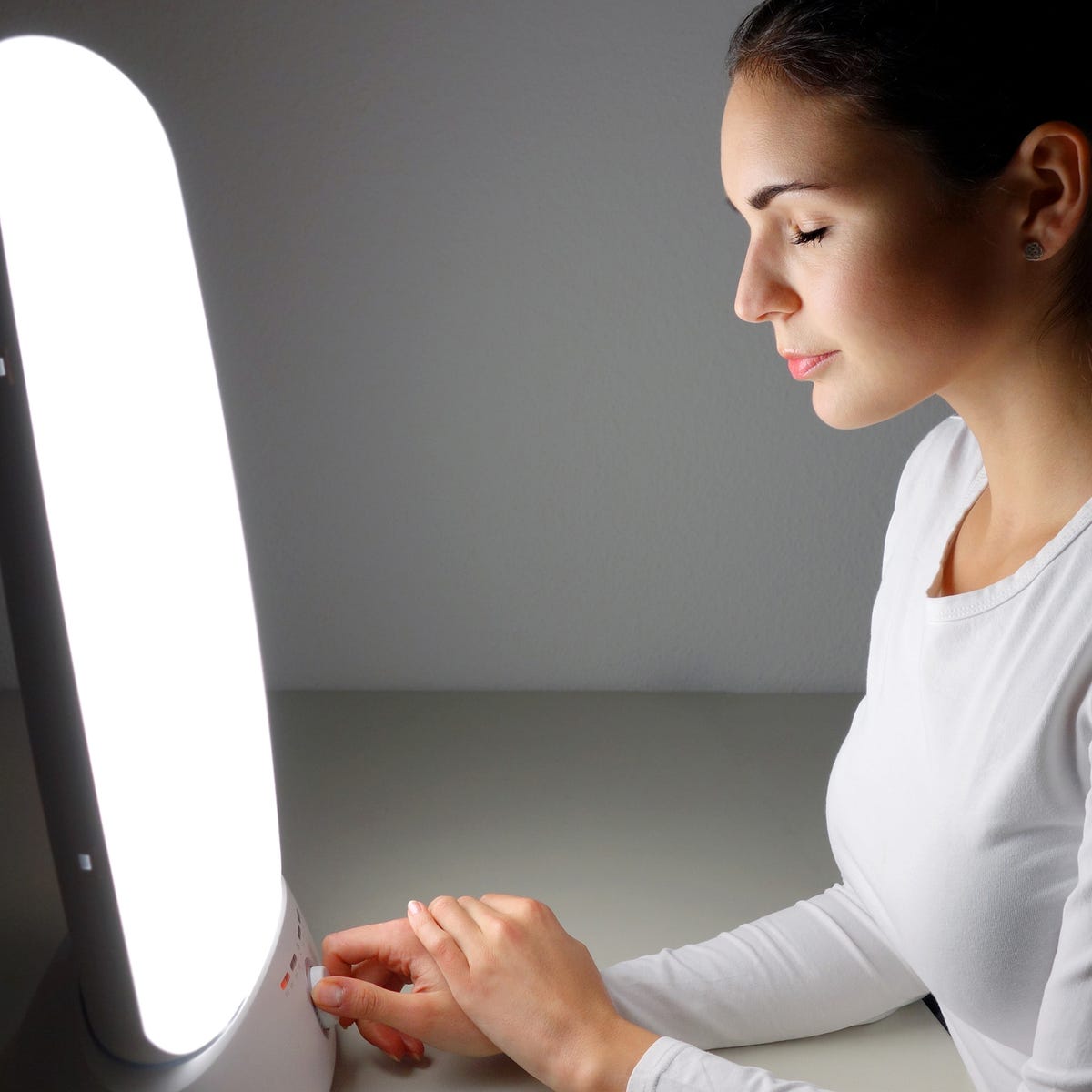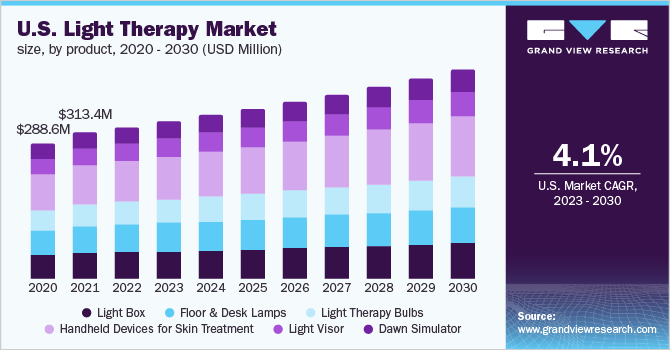Exploring the Conveniences of Photobiomodulation in Medical Treatments
Wiki Article
The Duty of Photobiomodulation in Physical Therapy: A Testimonial of Current Evidence
Are you tired of traditional physical therapy methods not providing the results you want? Look no more! In this review, we explore the fascinating globe of photobiomodulation and its duty in physical therapy. Photobiomodulation, also understood as low-level light therapy, includes making use of certain wavelengths of light to boost recovery and lower pain. With its non-invasive nature and minimal negative effects, photobiomodulation has obtained popularity in the field of physical therapy. This review checks out the devices, advantages, problems dealt with, effectiveness, and security of photobiomodulation. So, if you're interested concerning incorporating this cutting-edge strategy into your technique, maintain checking out to find the present evidence sustaining its usage.
Mechanisms of Photobiomodulation
Photobiomodulation, likewise recognized as low-level light treatment, exerts its restorative impacts via a variety of mechanisms. By raising ATP manufacturing, photobiomodulation enhances mobile function and promotes cells repair service.Another device of photobiomodulation is the modulation of swelling. This treatment has actually been revealed to decrease the production of pro-inflammatory cytokines and enhance the release of anti-inflammatory cytokines. This change in cytokine manufacturing assists to reduce swelling in injured cells and advertise the healing process.
Furthermore, photobiomodulation has actually been discovered to boost the launch of nitric oxide. Nitric oxide is a particle that plays an essential role in vasodilation, or the widening of capillary. By enhancing nitric oxide manufacturing, photobiomodulation boosts blood flow to hurt tissues, supplying oxygen and nutrients essential for cells fixing.
In addition, photobiomodulation has actually been shown to have analgesic impacts. It can hinder the transmission of pain signals and lower the launch of pain mediators, supplying alleviation from discomfort related to various conditions.
Benefits of Photobiomodulation in Physical Treatment
Experience the numerous advantages of photobiomodulation in your physical treatment sessions. Photobiomodulation, additionally called low-level laser therapy, has actually been shown to have a positive influence on different aspects of physical therapy. One major benefit is its capability to lower discomfort and swelling. By using light power to the affected location, photobiomodulation boosts cellular task and advertises the release of endorphins, which are natural pain-relieving compounds. This can cause a considerable reduction suffering and enhanced overall convenience throughout your therapy sessions.One more benefit of photobiomodulation is its ability to improve tissue repair work and regeneration. The light power boosts the production of collagen, a protein that plays an important duty in injury recovery and tissue regrowth. This can speed up the recovery process, allowing you to recover quicker from injuries or surgical procedures.
Moreover, photobiomodulation has actually been shown to boost series of activity and versatility. It assists to loosen up muscular tissues and decrease muscle mass convulsions, permitting raised wheelchair and enhanced joint function. This can be particularly helpful for individuals with problems such as arthritis or muscular tissue stress.
In enhancement, photobiomodulation has actually been discovered to have a positive result on state of mind and overall wellness - photobiomodulation. The release of endorphins throughout treatment not just assists with discomfort relief however can additionally promote a feeling of relaxation and boosted mood
Problems Dealt With With Photobiomodulation
Deal with different problems with the help of photobiomodulation in your physical therapy sessions. Photobiomodulation, also understood as low-level laser therapy, has revealed appealing outcomes in the therapy of numerous musculoskeletal and neurological conditions.Along with bone and joint pain, photobiomodulation has also been utilized to deal with sports injuries such as sprains, browse around here strains, and tendonitis. By raising blood flow and stimulating cellular activity, it aids to quicken the recovery procedure and lower useful reference recovery time. This is especially beneficial for athletes that require to go back to their sporting activity as promptly as possible.
Moreover, photobiomodulation has actually revealed appealing cause the therapy of neurological conditions such as stroke and distressing mind injury. It has actually been found to advertise neuroplasticity and boost nerve regrowth, bring about boosted electric motor feature and cognitive capabilities.
It is essential to keep in mind that while photobiomodulation has shown promising results in numerous conditions, it should be used as component of an extensive therapy strategy and under the advice of a qualified expert. More study is still needed to totally understand its mechanisms of activity and optimize its therapeutic results.
Efficacy and Safety of Photobiomodulation
One research study released in the Journal of Physical Therapy Scientific research took a look at the use of photobiomodulation in individuals with chronic low back discomfort. The results showed a substantial reduction in discomfort strength and special needs after photobiomodulation treatment.One more research study, published in the Journal of Clinical and Diagnostic Research, checked out the results of photobiomodulation in people with temporomandibular joint problem. The findings exposed a substantial decline hurting and a renovation in jaw function complying with photobiomodulation therapy.
Moreover, a methodical testimonial released in the journal Lasers in Medical Science evaluated the safety of photobiomodulation - photobiomodulation. The evaluation ended that photobiomodulation is a well-tolerated and secure treatment with minimal adverse impacts
In regards to dosimetry, an additional research released in Lasers in Surgery and Medication reviewed the ideal specifications for photobiomodulation treatment. The researchers discovered that a certain variety of wavelengths, energy thickness, and treatment durations produced one of the most favorable outcomes.
Incorporating Photobiomodulation Into Clinical Practice
To implement photobiomodulation into your medical method, think about the offered research and proof regarding its effectiveness and safety and security. Photobiomodulation, additionally Extra resources recognized as low-level laser therapy, has gotten recognition as a non-invasive treatment modality for various musculoskeletal problems (pbm light therapy). Before incorporating it into your practice, it is necessary to remain updated with the existing research in the fieldFirstly, acquaint on your own with the various parameters of photobiomodulation, such as wavelength, power density, and therapy period. Understanding these specifications will aid you tailor the treatment methods according to the details demands of your patients.
In addition, bear in mind that photobiomodulation can be made use of as an accessory therapy alongside traditional physical treatment interventions. It has actually shown appealing outcomes in decreasing pain, inflammation, and advertising tissue recovery. Nevertheless, it is essential to keep in mind that while there is growing proof supporting its effectiveness, photobiomodulation ought to not replace traditional treatment techniques.

Finally, take into consideration the cost-effectiveness of incorporating photobiomodulation into your method. While the initial investment in devices might be substantial, it is very important to review the potential benefits it can give your people and your method over time.
Verdict
In conclusion, the evidence assessed sustains the role of photobiomodulation in physical therapy. In general, photobiomodulation holds promise as a beneficial device in the field of physical therapy.
Report this wiki page